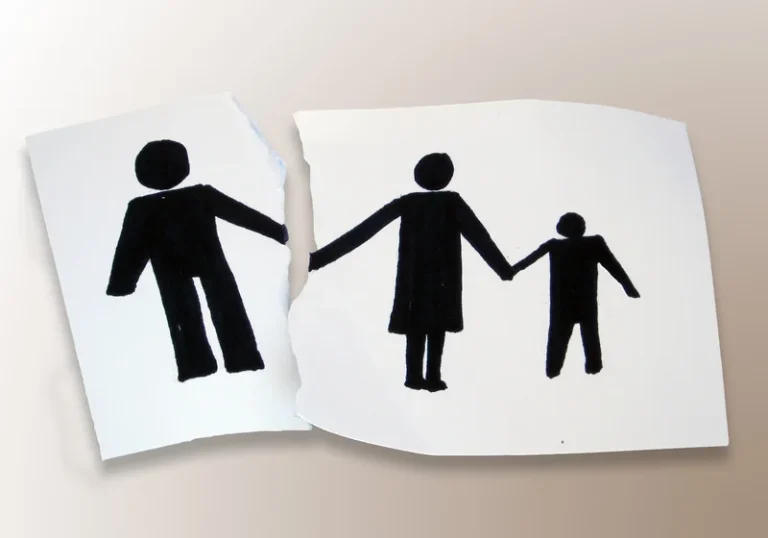
In an effort to offer maximal control too often investigators have relied on experimental drinking intervals that may not resemble the experience of a typical social drinker. [Of course, alternative drinking approaches such as that used in the group formation project also raise methodological complexities. Ultimately, a broad range of drinking behavior sequences social drinking and drinking problem may prove optimal.] Research also is needed to revisit the conditions under which alcohol may exacerbate a stress response (perhaps through impaired coping efforts). This issue has emerged in various theories (Curtin et al., 1998; Sayette, 1993a; Steele & Josephs, 1988), but there likely is benefit to systematic investigation of this phenomenon.

Weight Loss Medications: Mounjaro vs. Saxenda
I’m fortunate enough to have had enough therapy over the years to understand my demons. Furthermore, when I was at Paracelsus, I was diagnosed with ADHD; a condition that very often leads to problems with alcohol, since it’s the only readily-available tonic capable of quickly sedating the symptoms. So when I read about a medication that has a near 80 per cent success rate in clinical trials at getting patients to drastically reduce or stop their drinking altogether, I was intrigued. This figure, for context, compares with current abstinence-based rehabilitation methods that yield success rates of less than 15 per cent, according to the National Institute on Alcohol Abuse and Alcoholism (NIAAA) and the World Health Organization (WHO). Until very recently, I hadn’t even heard of naltrexone, the drug that would solve this for me – much like the weight loss benefits of the Type 2 diabetes medication Ozempic.

Five myths about alcoholism and alcohol abuse
- While most US adults do not experience problems related to their alcohol use, 5.8% have an alcohol use disorder (AUD) (SAMHSA, 2018), defined as a “problematic pattern of alcohol use leading to clinically significant impairment or distress” (DSM-5; American Psychiatric Association, 2013).
- Drinking an alcoholic beverage does not automatically lead to serious trouble, but the ease of access to alcohol and its social acceptability make it important to distinguish between different types of drinking, as well as the symptoms and psychological effects of alcohol misuse.
- I’m fortunate enough to have had enough therapy over the years to understand my demons.
- An alcoholic will experience intense cravings and will continue to drink despite the negative consequences.
These findings appeared to be driven by pharmacological rather than dosage-set influences, as placebo and control groups tended to show similar responses that differed from alcohol groups (Sayette et al., 2012a). Subsequent acoustical analyses of decimal levels during the group interaction offered further evidence that alcohol enhanced positive affect (Fairbairn et al., 2015b). An experiment that manipulated alcohol consumption (versus placebo or control beverages) in a laboratory social setting and found differential sensitivity to alcohol’s social rewards for individuals high on trait extraversion. A large prospective study showing that adolescent solitary drinking predicts the development of AUD symptoms in young adulthood.

What are the Warning Signs of Alcoholism?
If they’re not drinking, they experience emotional distress and even physical withdrawal symptoms. It’s characterized by an inability to cut back on alcohol without the help of an addiction treatment professional. Most alcoholics cannot predict or control how much alcohol they’ll end up consuming once they start. They often experience denial about their relationship with alcohol, and they rationalize their behavior even as it becomes more erratic, dangerous and embarrassing. For studies with multiple variables of interest per superordinate factor, these variables are combined and generate an overall r, 95% confidence interval (CI), and P-value. One size does not fit all and a treatment approach that may work for one person may not work for another.
- Subsequent research (e.g., Doty & de Wit, 1995; Kirchner, Sayette, Cohn, Moreland, & Levine, 2006; Kirkpatrick & de Wit, 2013; Samson & Fromme, 1984) also supported the view that testing alcohol’s effects requires a social context.
- After a flurry of expectancy data suggested placebo beverages affected anxiety, the research pendulum has swung back toward an emphasis on pharmacological effects.
- I don’t drink every day OR I only drink wine or beer, so I can’t be an alcoholic.
Sometimes a drinking problem is triggered by major life changes that cause depression, isolation, boredom, and loneliness. But a family history or current family alcohol or drug abuse problems may influence the start of personal drinking problems. Some people have been heavy drinkers for many years, but others https://ecosoberhouse.com/ develop a drinking problem later in life. Sometimes a drinking problem is triggered by major life changes that cause depression, isolation, boredom and loneliness. Advances in emotion science also have made an impression on the way in which alcohol researchers conduct their studies (see Curtin & Lang, 2007).

Although it would be best to quit drinking altogether, if an individual is a social drinker who is fully aware of his relationship with alcohol and has a harmless drinking pattern, they can benefit from certain tips to be a responsible social drinker. In contrast, alcoholics may be given countless reasons to cut back on their drinking but they are unable to permanently cut back. Alcoholics may have occasions where they drink in a low-risk manner, but they inevitably return to their alcoholic drinking patterns. When problem drinkers are given sufficient reason to cut back on their drinking (i.e., have a negative drinking consequence, debilitating hangover, become a parent), they can self-correct and return to drinking in a low-risk manner.
- At a moment when friendships seem more attenuated than ever, maybe it can do so again.
- Based on clinical experience, many health care providers believe that support from friends and family members is important in overcoming alcohol problems.
- A health care provider can look at the number, pattern, and severity of symptoms to see whether AUD is present and help you decide the best course of action.
- For instance, how do solitary drinkers experience alcohol intoxication in solitary versus social settings?
- Stress response dampening refers to a “reduction in the magnitude of the response to stress” (Levenson et al., 1980, p. 536, p. 536).3 In their view, tests of stress response dampening required alcohol studies to present participants with an explicit (and validated) stressor.
Definitions and measures of solitary drinking
Individualized, evidence based treatment, to fit your needs.


